Understanding Polyethylene Glycol vs Propylene Glycol
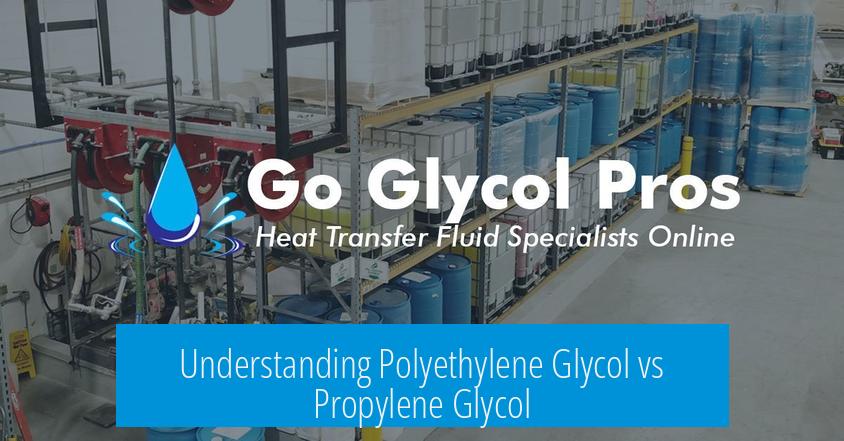
Polyethylene Glycol (PEG) and Propylene Glycol (PG) are distinct chemicals with different structures, uses, and safety profiles, though both are widely present in consumer products. PEG is a polymer composed of long chains, while PG is a small molecule closely related to glycerol and is non-toxic.
Chemical Nature and Differences
Polyethylene Glycol (PEG) is a polymer, meaning it consists of repeating units of a simple molecule linked in long chains. These chains vary in length and branching. For example, PEG can be a chain of 10 units (PEG-10) or as long as 200 units (PEG-200). Their structure can range from straight chains to branched shapes or even star-like forms.
In contrast, Propylene Glycol (PG) is a small, single molecule. It differs chemically from both ethylene glycol and polyethylene glycol. PG’s simplicity and structure make it similar to glycerol, a common, non-toxic compound found in many products.
Distinct Chemical Properties
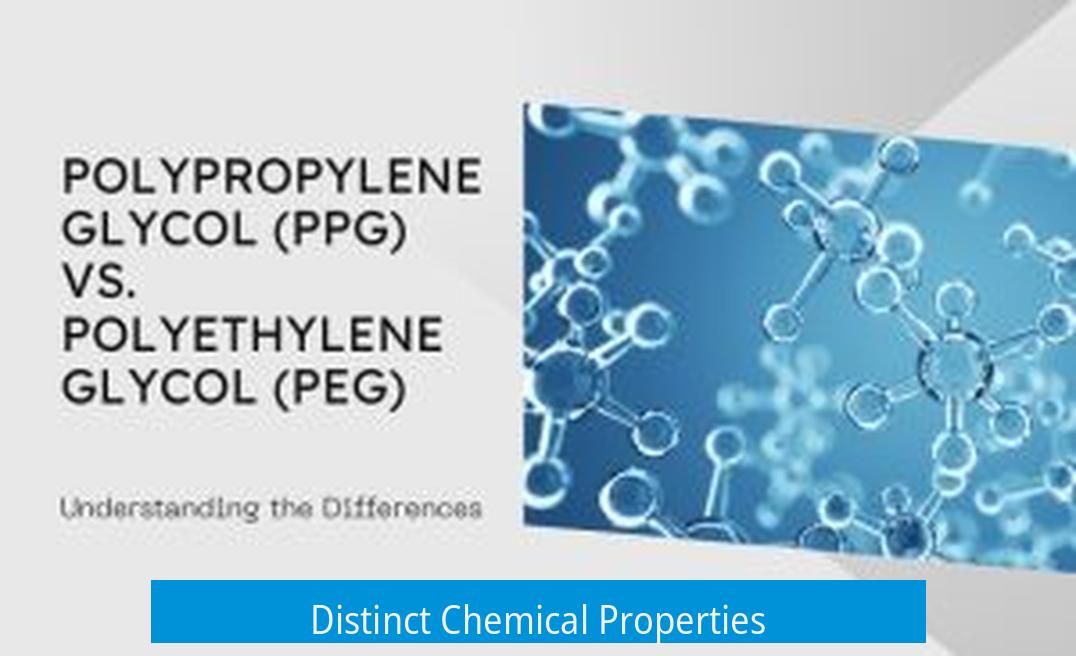
- PEG: Polymer, variable length and structure.
- PG: Small molecule, non-toxic, related to glycerol.
- Ethylene Glycol: Different from both, toxic, often confused with PG or PEG.
Applications and Uses
Both PEG and PG are common additives but have diverse roles.
Polyethylene Glycol Uses
- Used as lubricants in medical and industrial applications.
- Common laxative in medicine, often prescribed to relieve constipation.
- Employed as preservatives in pharmaceuticals and cosmetics.
- Used in vaccines to carry drugs or improve their stability and circulation time in the body.
- Present in antibiotics though may not always be listed.
PEG’s widespread presence means it is virtually impossible to avoid in daily life.
Propylene Glycol Uses
- Best known as a component of antifreeze.
- Used as the base liquid in vaping products.
- Added as a sweetener in some foods.
- Acts as a moisturizing agent in hand sanitizers.
- Functions as a drug carrier in certain medicines and vaccines.
Safety and Toxicology
Both PEG and PG are generally recognized as safe for use in consumer products. Their toxicity profiles differ from ethylene glycol, a related compound that is toxic and often confused with these two.
Ethylene Glycol Confusion
Ethylene glycol (EG) and diethylene glycol (DEG) are toxic chemicals not intended for consumer use. Confusion arises because of similar names. It is important to distinguish “ethylene glycol” from “propylene glycol” and “polyethylene glycol” clearly.
Consumers concerned about toxicity should discuss potential exposure to ethylene glycol with healthcare specialists. These toxic compounds may occasionally appear as manufacturing contaminants but are screened in reputable products.
Manufacturing Byproducts
PEG and PG may contain trace amounts of byproducts like EG and DEG, which are not safe. For instance, the laxative Miralax faced legal issues for containing these contaminants. These byproducts are unlikely to be shown on product labels but are monitored by manufacturers.
Exposure and Allergy Considerations
The route of exposure affects the response to PEG and PG. Oral, topical, inhalation, and skin contact are possible ways the body encounters these compounds.
- Oral intake (e.g., laxatives, food additives) involves metabolism and systemic exposure.
- Topical application (e.g., cosmetics, hand sanitizers) involves skin absorption but usually less systemic effect.
- Inhalation exposure (e.g., vapes) can introduce PG into the respiratory system.
Propylene glycol’s non-toxic nature makes it safer during inhalation compared to other glycols. Individuals with allergies or sensitivities should consult allergists or doctors for specific guidance about exposure risk.
Labeling and Consumer Information
One challenge with PEG and PG is product labeling. Additives and preservatives, including these glycols, are often not fully disclosed on consumer product labels.
For example, PEG can be present in antibiotics or cosmetics without explicit listing. Pharmacists report that this lack of mandatory labeling can limit consumer awareness. Consequently, some advocate for stricter labeling laws to improve transparency.
Table: Comparison of PEG and PG
| Characteristic | Polyethylene Glycol (PEG) | Propylene Glycol (PG) |
|---|---|---|
| Chemical Type | Polymer (long chains of ethylene oxide) | Small molecule (monomer, C3H8O2) |
| Structure | Variable: chains, branched, or star-shaped | Simple, resembles glycerol |
| Uses | Lubricant, laxative, preservative, drug carrier | Antifreeze, vape liquid, sweetener, moisturizer, drug carrier |
| Toxicity | Generally safe; potential contamination with EG/DEG | Non-toxic; safe for ingestion and topical use |
| Presence in Products | Common in pharmaceuticals, cosmetics, antibiotics (often unlisted) | Common in foods, cosmetics, medicines, hand sanitizers |
| Labeling Issues | Additives not always declared; byproducts may be hidden | Additives not always declared; generally transparent |
Summary of Key Points
- Chemical distinction: PEG is a polymer, PG a small molecule; both differ from toxic ethylene glycol.
- Usage: PEG serves as lubricant, laxative, and excipient; PG is antifreeze, sweetener, moisturizes, and drug carrier.
- Safety profile: Both are generally safe; concerns arise from manufacturing byproducts like EG and DEG.
- Exposure routes: Oral, topical, inhalation routes affect potential risks and allergic reactions.
- Labeling challenges: Additives like PEG and PG may not be clearly listed, complicating consumer awareness.
Conclusion
Polyethylene Glycol and Propylene Glycol serve vital, distinct roles in pharmaceuticals, food, and industrial products. While generally considered safe, awareness of their chemical differences and potential contaminants is important. Regular consultation with healthcare professionals is advisable for individuals with sensitivities or concerns. Transparent product labeling remains a target for future regulatory improvement to help consumers make informed choices.
What is the main chemical difference between polyethylene glycol (PEG) and propylene glycol (PG)?
PEG is a long chain polymer made of multiple units linked together. PG is a small, single molecule. They are chemically very different and serve distinct functions.
Why is polyethylene glycol (PEG) so common in many products?
PEG acts as a lubricant, laxative, preservative, and drug carrier in vaccines. It’s widely used across products and hard to avoid completely in daily life.
Is propylene glycol (PG) safe for use in foods and medicines?
Yes, PG is considered non-toxic. It’s used in antifreeze, vape liquids, sweeteners, hand sanitizers, and as a drug carrier in medicines and vaccines.
Should consumers worry about ethylene glycol in products labeled with PEG or PG?
Ethylene glycol is different and toxic. It is not intended for consumer products. Some contamination risks exist from manufacturing byproducts, so checking brand screenings helps.
Why don’t product labels always list PEG or PG additives clearly?
Additives like PEG and PG are often not required to be fully listed. This lack of transparency can make identifying exposure challenging.
How should someone with allergies approach exposure to PEG or PG?
Discuss modes of entry with a specialist—oral, topical, inhalation. Avoiding large amounts orally is simpler. Allergy experts and doctors can provide personalized advice.


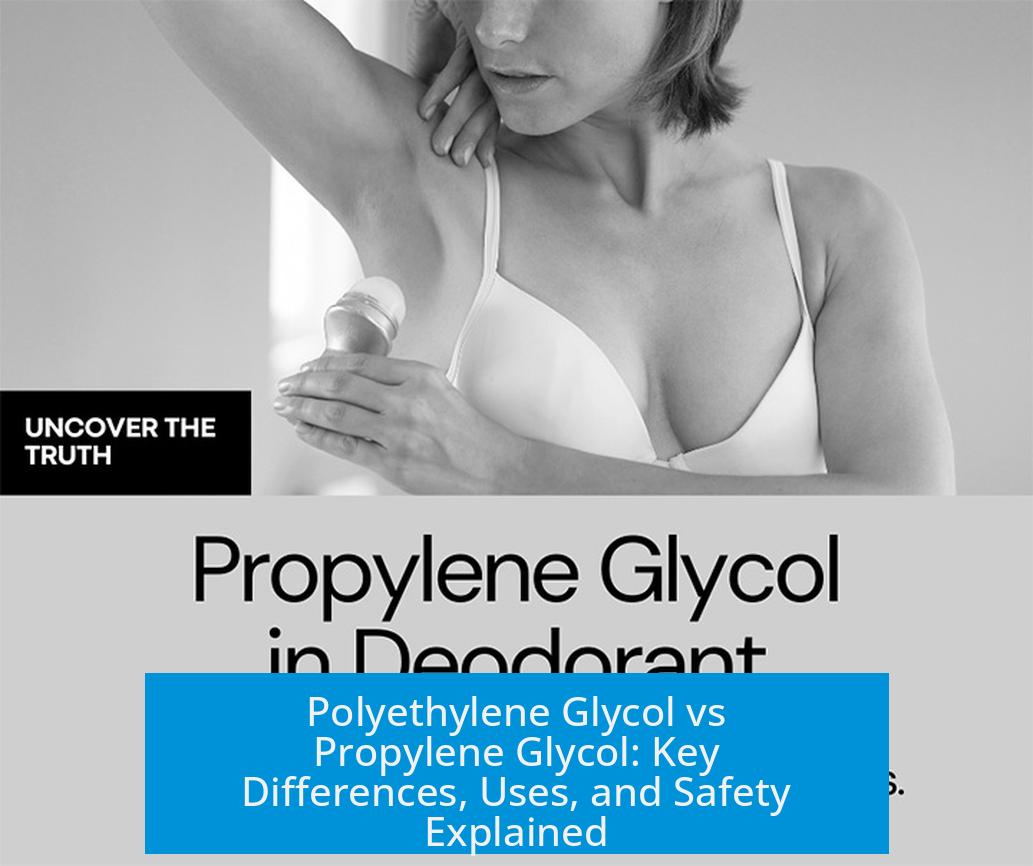
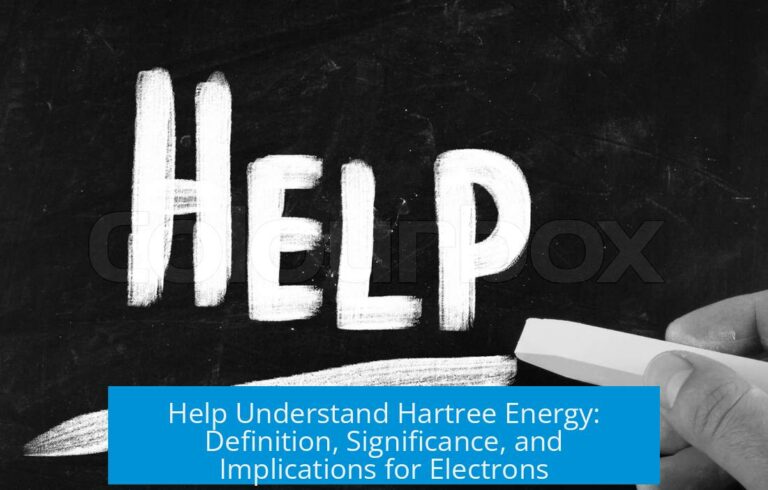
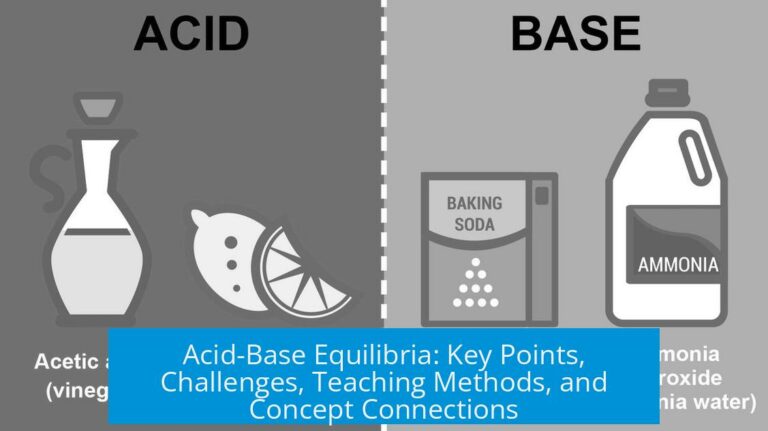
Leave a Comment